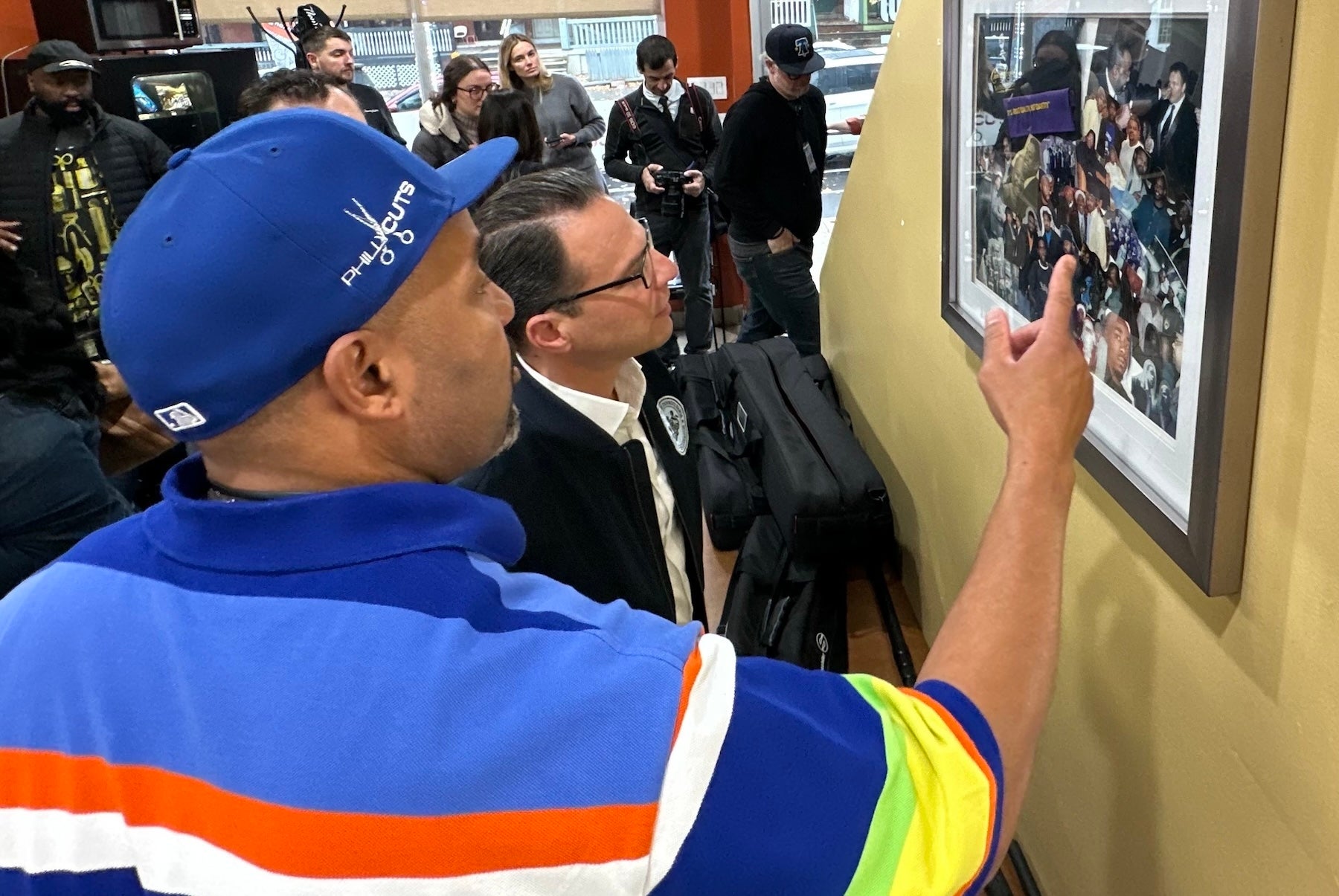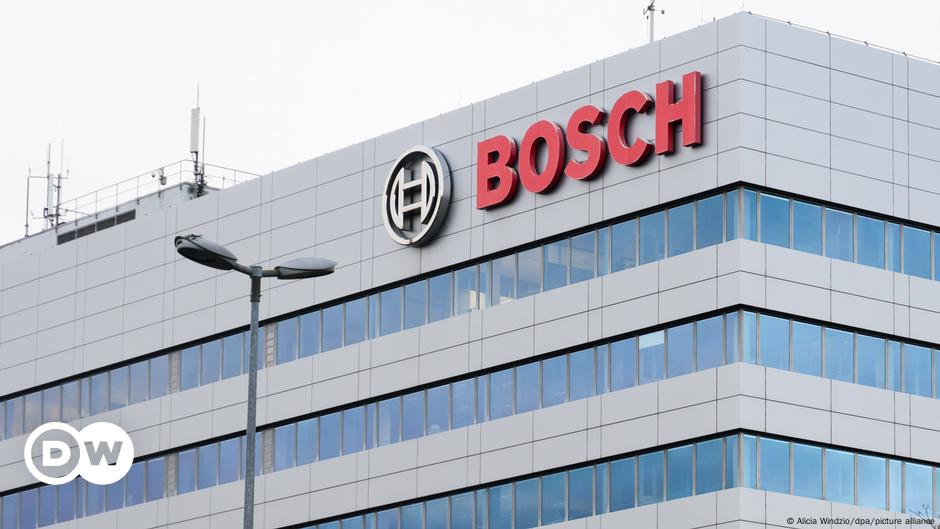Travel
New tech to piggyback trains may revolutionize rail travel – ISRAEL21c

Trains are safe, reliable, cost effective and energy efficient. They’re a great mode of transport in almost every way, except for one thing. The gaps between them.
You need a big, long gap between trains to be safe. You can’t slam on the brakes and expect hundreds of tons of rolling stock to come to a shuddering halt.
You must have at least 1.5km (nearly a mile) between train A and train B, which means you’re limited to around 14 trains an hour on any given stretch of line.
And so, the rail network capacity is fixed. Or at least it was until two Israel Air Force veterans devised a way that effectively doubles it.
Alberto Mandler and Moti Topf, CEO and CTO of DirecTrainSystems, respectively, applied what they knew about the mid-flight refueling of airplanes in the sky to trains on the ground.
Together they came up with what they call “dynamic coupling” (not be confused with the Paltrow-Pitt notion of conscious uncoupling): It means separate railway cars can attach (and also detach) while moving at any speed.
A passenger service to one destination can be coupled for part of its journey with a freight service to another, counting as one train and freeing up more capacity for additional trains.
Rail operators have always been able to couple trains together while they’re stationary. The game-changing element here is the ability to do so without the trains stopping or even slowing.
Saving time and energy
Picture two branch lines converging into one. Each branch line can accommodate a maximum of 14 trains an hour. The joint line also has a certain capacity.
But it can’t manage 14 plus 14 from both branch lines. It would be overcrowded and unsafe. Dynamic coupling enables the 14 trains on each branch line to pair up – now seven on each line instead of 14.
Dynamic coupling also offers huge savings in terms of both time and energy. One train uses as much electricity pulling out of the station as an average household uses in a year.
That’s why the patented system that Mandler and Topf have developed is set to revolutionize train travel.
Piggybacking services squeezes the maximum from expensive rail infrastructures that have never achieved their full potential in the two centuries since George Stephenson gave the world his locomotive engine.
Train services could become far more frequent (and far quicker) because the network capacity would effectively be doubled.
Mandler says the technology could slash journey times between Haifa and Tel Aviv from 55 minutes to just 35 minutes.
Secret formula
So how do Mandler and Topf actually get the trains to hook up and unhook at speed?
“It’s our secret exactly how we do it,” says Mandler. “But instead of trying to control the trains we do it in a different way and have an assisted mechanism that helps the connection of the trains.” He’s not giving much away.
“We are experts in installing new systems in aircrafts. We were responsible for refueling planes in the air force and we are taking technologies from aircraft to trains. The mechanism has some similarities.”
Planes fly at 700 kilometers per hour he explains, with 6 degrees of freedom (that’s a measure of their ability to move and rotate freely in three-dimensional space).
Trains travel at 40km with 1 degree of freedom, which sounds, to a non-engineer, like a more attractive prospect – lower speed, less flapping around.
Nonetheless, the idea of positioning the front of train A to reach – but not hit – the back of train B, is still somewhat mindboggling. All the more so when DirecTrains’ tech for 40km/h hookups will eventually be good for 120km/h hookups.
What they’ve developed is similar, in some respects, to the Instrument Landing System (ILS) that pilots use on their approach the runway. ILS provides short-range horizontal and vertical guidance, even in low visibility, via radio signals.
To be tested in 2025
The DirecTrains technology has been shown to work in simulations, but has yet to be tried out using actual trains on an actual track.
The hardware for that is currently being manufactured and the system is due be tried out on a test track in France early next year.
The team, based in Zichron Ya’akov, northern Israel, will then need to work on integrating the technology. The hardware will be installed into existing trains, Mandler says.
“It will take another year until we will be able to test it on a real line including all the infrastructure and the signaling,” he tells ISRAEL21c.
The first trains to be fitted with the technology will be freight rather passenger trains, specifically those carrying parcels for e-commerce.
“That’s our first product target market. It’s called the middle mile, delivering to a main hub outside the city. At the moment it’s only done by trucks, because trains entering the city have reached 100 percent capacity.”
With the DirecTrains technology, one small train for parcels could keep up to 15 trucks off the roads.
“Train companies are very, very conservative, so we believe it will take a little bit longer before they use it for passengers. They’ll want to see it working first,” says Mandler.
“We’ve invested our own money in the startup. Now we’re waiting for the full test environment for the railway companies to believe us. Until now they think that it’s science fiction.”
For more information, click here.









